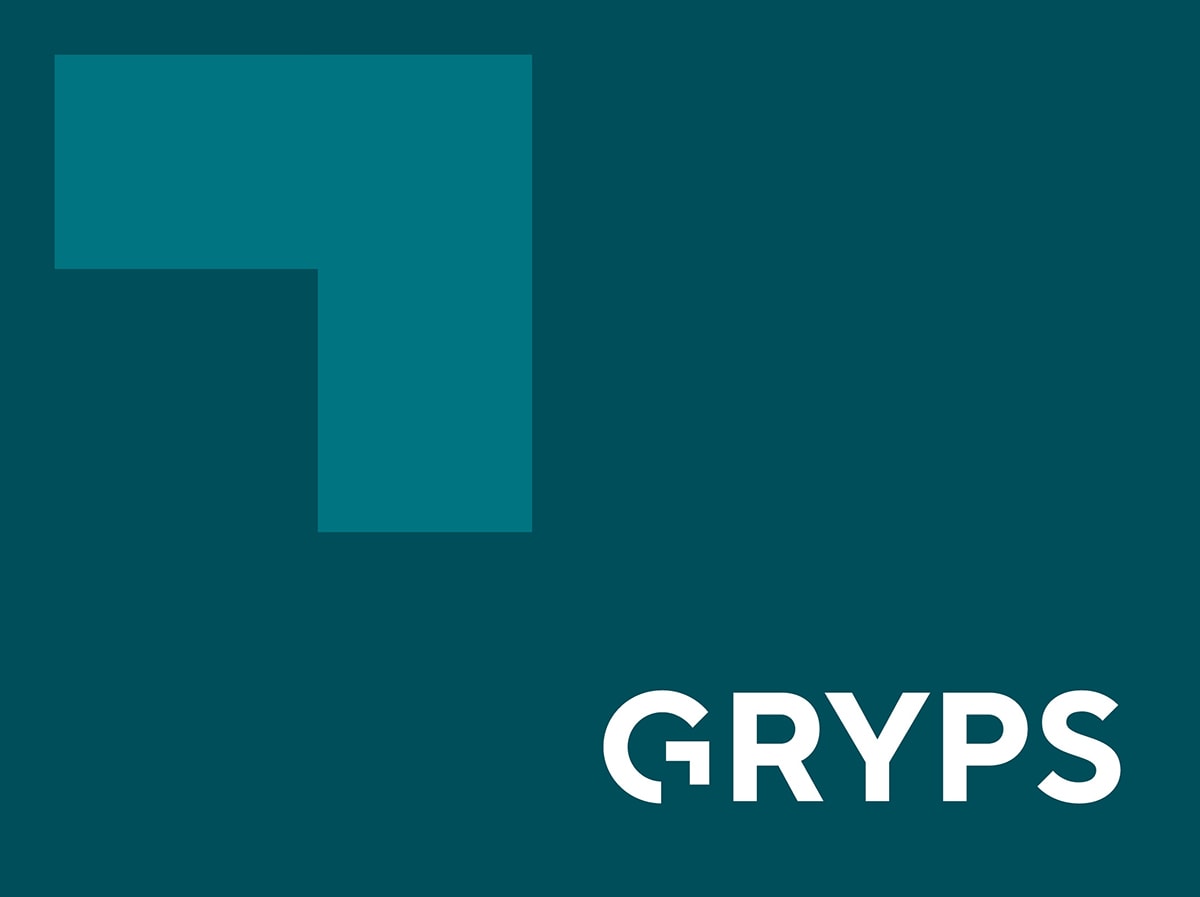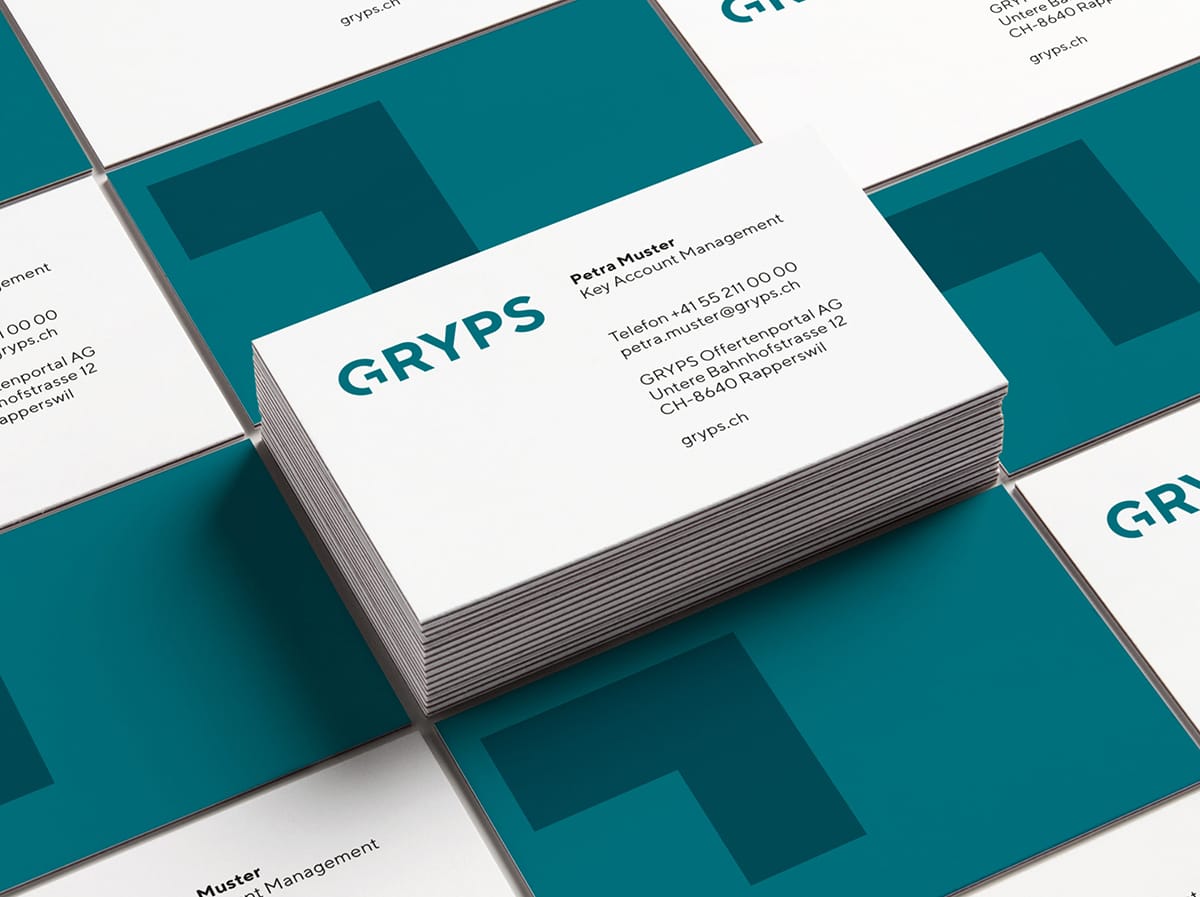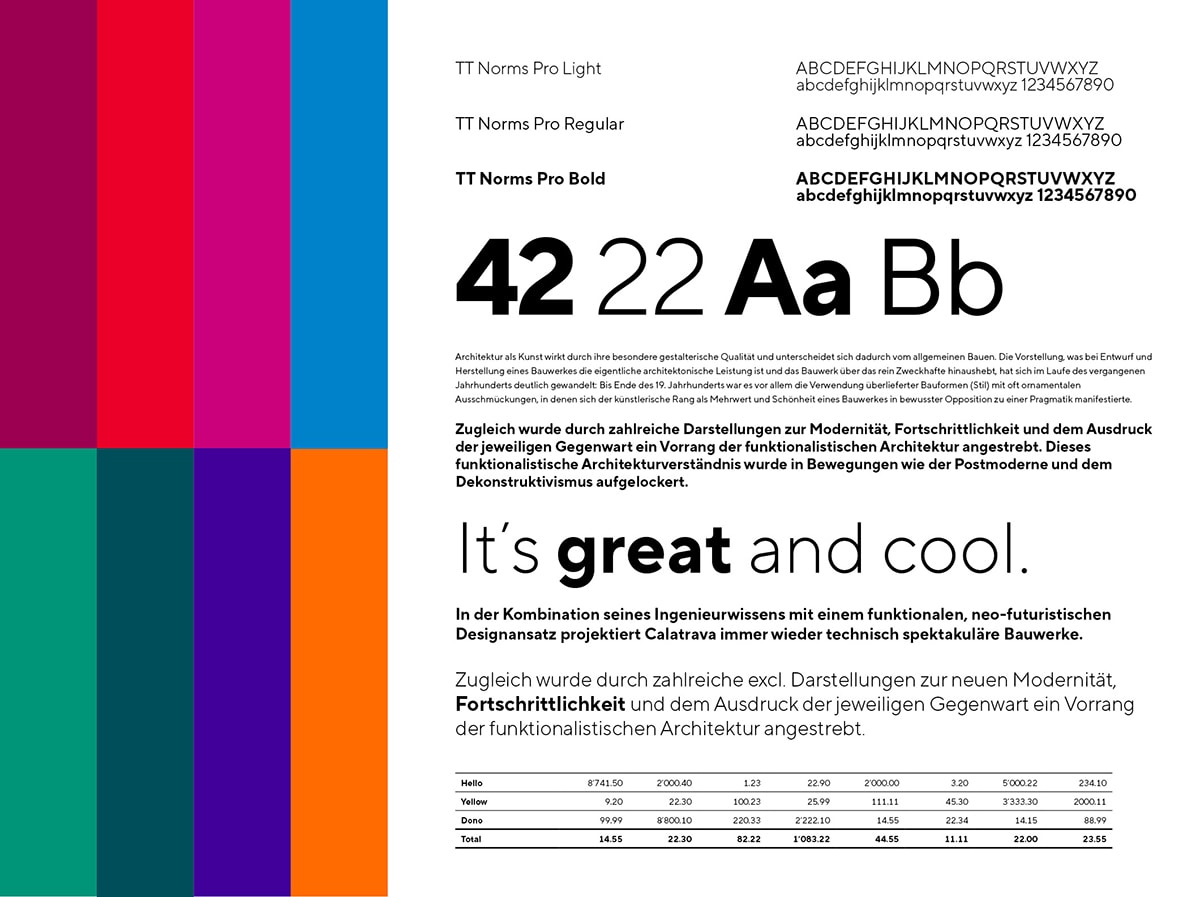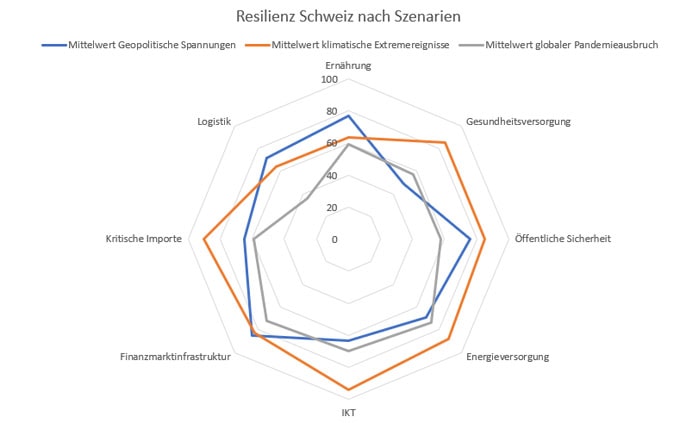Swiss retailers take stock of Black Friday
Articles from the areas of clothing, electronics, toys and furnishings did particularly well, the retail trade association Swiss Retail Federation told AWP news agency in response to an inquiry. "The retailers are satisfied," said association spokeswoman Dagmar Jenni. Even retailers not actively promoting Black Friday had benefited from higher demand, she said. "Many report back that it is better [...]

Articles from the areas of clothing, electronics, toys and furnishings did particularly well, the Swiss Retail Federation said in response to a query from the AWP news agency.
"The retailers are satisfied," says association spokeswoman Dagmar Jenni. Even retailers not actively promoting Black Friday have benefited from higher demand, she said. "Many are reporting back that it went better than expected."
Clothes and electronics in demand
The association does not yet have concrete figures on the development of sales. So far, retailers have been able to enjoy high demand, particularly in the areas of clothing and accessories, electrical goods, cosmetics, furnishings and toys, as various retailers have reported on request. Warm winter clothing in particular, but also outdoor articles and jeans, for example, have sold well.
Consumers also made purchases in the stores: "The days have been very positive and we are more than satisfied with the sales," explains a Lidl spokesperson. In stationary retail, too, electronics, toys and textiles were the most popular items.
Discount weeks instead of days
However, the initial results for Coop's online stores were somewhat more mixed. As expected, Black Friday was the day with the highest sales, but the Interdiscount website did not achieve quite as high sales revenues as in the previous year: "On microspot.ch, on the other hand, we were able to increase sales again compared to the previous year," a media spokeswoman stated.
So the first battle is over, but the war for customers in the Christmas business is far from over. Because the trend is moving away from a single day of big discounts to entire promotional weeks.
For example, Digitec Galaxus, Switzerland's largest online retailer, offered deals for an entire week for the first time. Accordingly, they achieved less sales on Black Friday itself than in the previous year, admits spokesman Stephan Kurmann.
The bottom line, however, is that the calculation still works out: "If you look at the entire campaign week, we have seen an increase in sales compared to the same period last year," Kurmann says. In concrete terms, there was a sales increase in the low double-digit percentage range. This was also due to the fact that the average value of an order in the online stores of Digitec and Galaxus was two percent higher than in 2021.
Over one million packages per day
The distribution of around 1,000 articles over an entire week also paid off technically and logistically: "The servers withstood the increased number of visitors to our websites and there were no technical problems whatsoever," says the spokesman for the Migros subsidiary with satisfaction.
Manor, meanwhile, said that customer feedback had been positive and that online performance had been "stable and reliable". Jumbo, Fust and Brack.ch also reported that the technology had worked perfectly. Only Media Markt experienced "some minor technical difficulties" in the meantime.
And the "stretched" discount days have also had a favorable impact on delivery times. At Digitec Galaxus, for example, the option introduced for customers to forego the fastest possible delivery has also played a major role. This not only relieved the burden on warehouse staff.
This should also please Swiss Post employees. In the peak parcel season leading up to Christmas, the company expects to handle up to 1.3 million parcels on peak days. In the week following the first discount battle, the volume is expected to skyrocket to an average of around one million "Päckli" per day, as Swiss Post announced last week. That would be about 60 percent more than on an average day. (sda/ background by Simon Stahl; AWP)








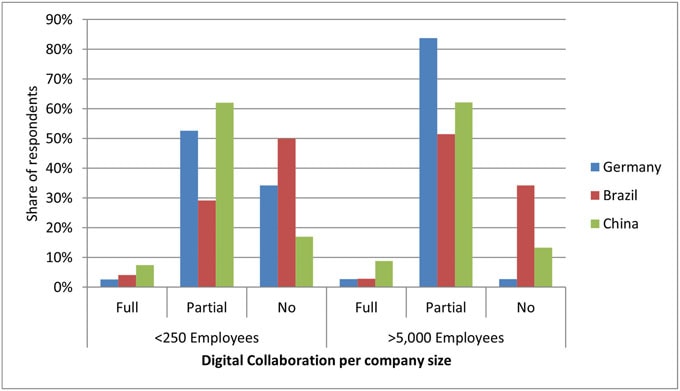

 To find out how customer service has changed, what customers want today, and what untapped potential lies in properly linking digital with physical channels, Deloitte studied more than 190 companies in 21 countries (from the banking, insurance, and telecommunications industries). The study focused on the synchronization of physical (branches, call centers) and digital channels as well as the opportunities that digitization of physical devices brings.
To find out how customer service has changed, what customers want today, and what untapped potential lies in properly linking digital with physical channels, Deloitte studied more than 190 companies in 21 countries (from the banking, insurance, and telecommunications industries). The study focused on the synchronization of physical (branches, call centers) and digital channels as well as the opportunities that digitization of physical devices brings.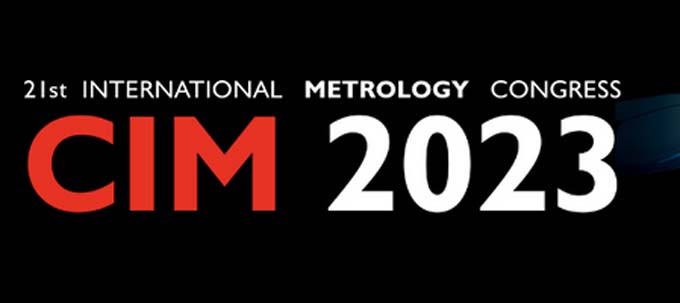
 Visible!
Visible!




 Just in time for the start of Christmas shopping, the
Just in time for the start of Christmas shopping, the 






